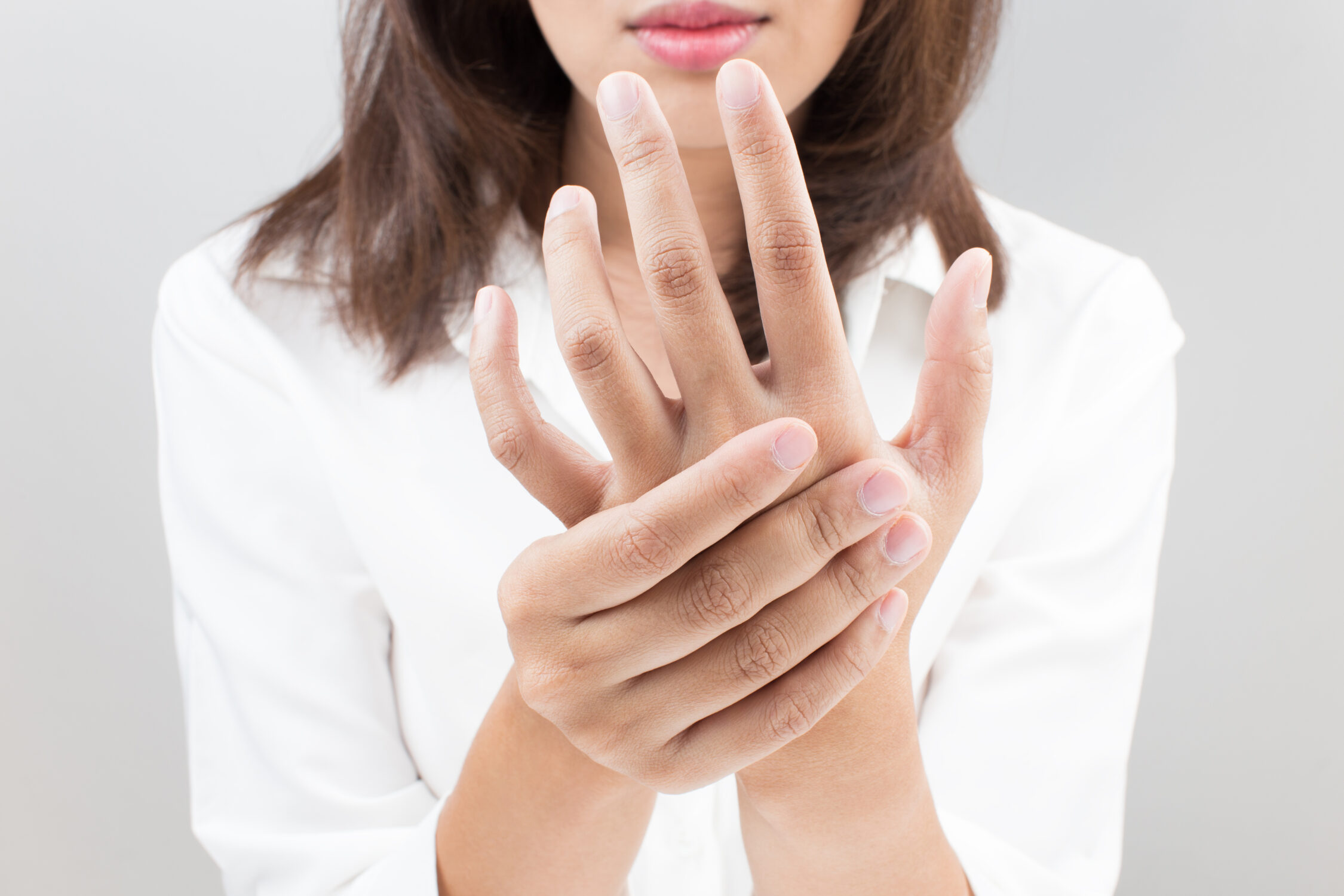
Our hands do so much for us. They are capable of so many different functions—holding, touching, grasping, waving—and so much more! So, if you look down and notice you have a swollen hand, it can be scary. To make it less scary, we broke down some of the causes and symptoms to help you understand what to do for swollen hands.
Let’s breakdown the causes, symptoms and what to do for swollen hands.
Swollen hands are a sign that there is fluid buildup or inflammation of the tissues or joints of the hand. They also may be the result of trauma, infections or other abnormal processes. It all depends on the cause, but swollen hands can occur during or after exercise and last for a short time. Swelling that builds up over time, or chronic hand swelling, may indicate an inflammatory process like arthritis. Swollen hands may also be caused by different orthopedic conditions such as a bone fracture.
Swollen hands may be accompanied with common symptoms including redness and warmth around the affected area or fever and chills. Other symptoms that may go hand in hand with a swollen hand include:
- Fever
- Chills
- Fatigue
- Tingling or numbness
- Painful or tender areas
- Rash
- Reduced movement in a joint or range of motion
- Stiffness
- Swollen joints
- Swelling of the wrist
Hand swelling may be caused by the following:
- Infection
- Inflammatory conditions including bursitis, osteoarthritis, rheumatoid arthritis, ganglion cyst
- Fluid retention during pregnancy
- Broken bone
- Hand injury
- Trauma—bruising and swelling
- Torn ligament or muscle
- Repetitive stress injury
What to do for Swollen Hands
Treatment of swollen hands depends on the underlying cause of the symptoms. Swollen hands caused by less serious injuries or from conditions such as arthritis or carpal tunnel syndrome can usually be treated at home. Here’s what to do for swollen hands:
Rest. If you have any swelling in the hands, stop any movement and rest it until the swelling goes down.
Ice. If your hand is swollen, icing the affected area will help to reduce pain, inflammation and swelling.
Elevation. Elevate your arm and hand above the heart for at least 30 minutes a few times a day to improve blood flow to the heart and reduce swelling.
Exercise. Return excess fluid to the heart with stretching and strength exercises that move the muscles of the hand and wrist.
